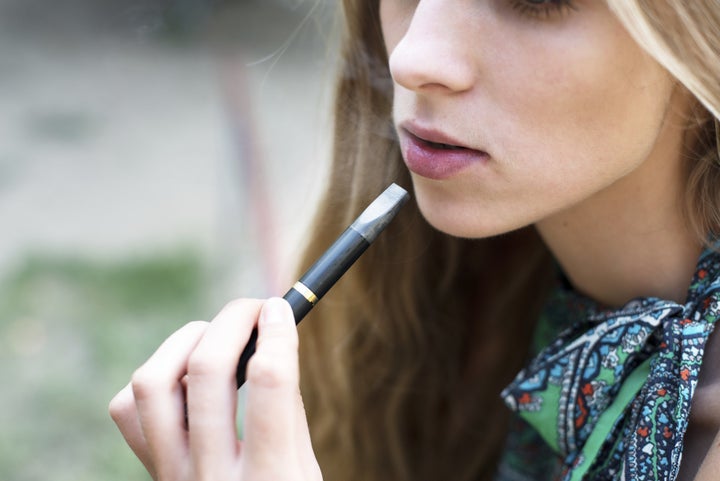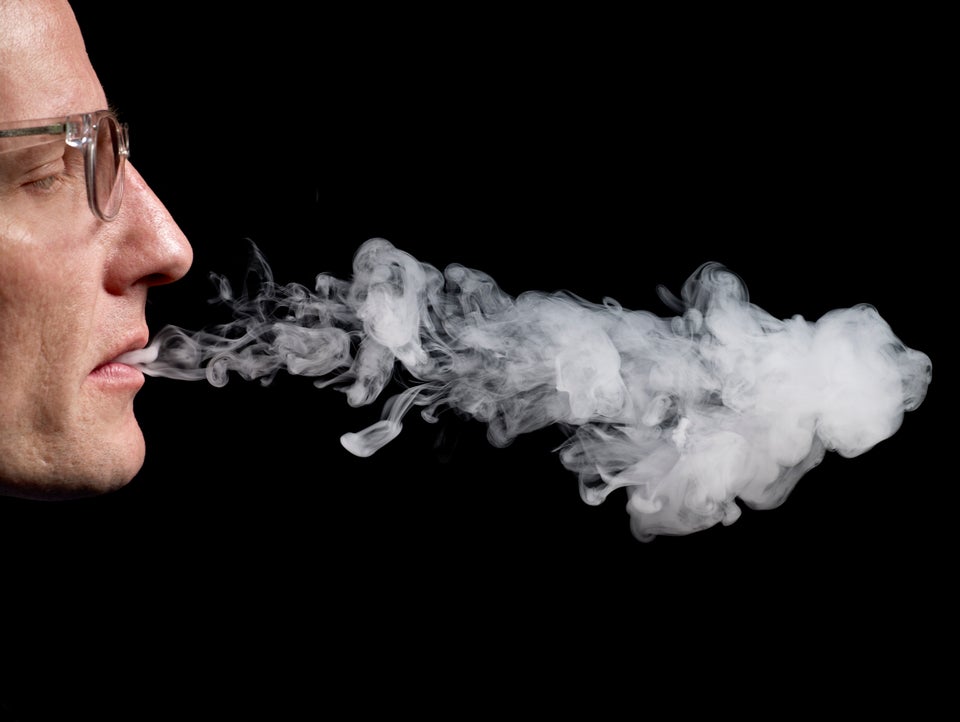
By Toni Clarke
WASHINGTON, Dec 8 (Reuters) - The U.S. surgeon general in a report released on Thursday called for action to reduce the use of e-cigarettes among young people, noting they have overtaken cigarettes to become the most commonly used tobacco products among this group.
Vivek Murthy, the country’s top doctor, in the first Surgeon General’s report on e-cigarettes use among youths, said young people were more vulnerable to the negative consequences of nicotine exposure than adults and should be protected.
“We know a great deal about what works to effectively prevent tobacco use among young people,” the report said. “Now we must apply these strategies to e-cigarettes.”
The report recommends that e-cigarettes be incorporated into existing smoke-free policies to prevent youth from accessing e-cigarettes. Such policies include imposing price and tax policies that discourage use.
The report drew a swift and angry response from those who argue that e-cigarettes may have the potential to help smokers quit, thereby lowering the overall burden of death and disease caused by conventional cigarettes.
“The long tradition of scientifically rigorous messages and reports from the U.S. surgeon general appears to have ended,” the public policy group R Street said in a statement. “The report focuses on youth experimentation and completely omits the opportunities for harm reduction these devices offer for adult smokers,” of which there are some 40 million.
The report states that there is no evidence to support claims e-cigarettes help people quit smoking. It concedes, however, that neither is there proof young people who begin vaping move on to smoking traditional cigarettes.
“More studies are needed to elucidate the nature of any true causal relationship between e-cigarette and combustible tobacco product use,” it said.
Statistics from the Centers for Disease Control and Prevention show that as e-cigarette use has risen among young people, smoking rates have gone down.
Between 2011 and 2015, use of e-cigarettes among U.S. middle school students rose to 5.3 percent from 0.6 percent, according to the Centers for Disease Control and Prevention.
Use of combustible cigarettes among U.S. middle school students fell to 2.3 percent from 4.3 percent over the same period.
E-cigarette use among high school students rose to 16 percent in 2015 from 1.5 percent in 2011. Over the same period, 9.3 percent of high school students reported smoking traditional cigarettes compared with 15.8 percent in 2011.
Even so, because research related to e-cigarettes is so new, the report said, a “precautionary principle” should be employed to help prevent e-cigarette use among young people.
“This principle supports intervention to avoid possible health risks when the potential risks remain uncertain and have been, as yet, partially defined.”
The report comes as the overall smoking rate in the United States fell in 2015 to a record low of 15 percent. Public health experts fear those gains could be lost if young people become addicted to nicotine via e-cigarettes and progress to using more damaging conventional cigarettes.
E-cigarette advocates say it is entirely possible that the products contributed to the decline in smoking.
Reynolds American Inc, Altria Group Inc and Fontem Ventures, a subsidiary of Imperial Brands Plc, are among the leading manufacturers of the devices. Their use has grown quickly in the past decade, with U.S. sales expected to reach $4.1 billion in 2016, according to Wells Fargo Securities.
However, use of vapor devices among the population as a whole has stalled in the United States as more Americans question their safety, according to an online Reuters/Ipsos poll released in May.
On Tuesday, Marlboro maker Philip Morris International Inc filed its first U.S. application to market an electronic tobacco product with a claim that it is less harmful than cigarettes. The device, called iQOS, contains real tobacco which is heated but not burned.
(Editing by Matthew Lewis and Phil Berlowitz)

